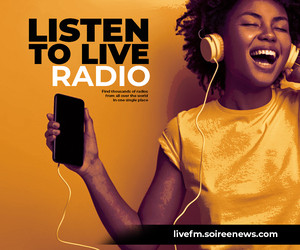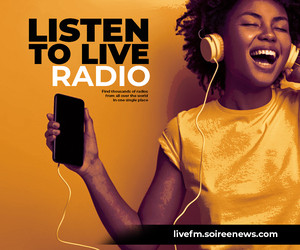How to use music to get to the children
If you've ever tried reasoning with your adolescent about a questionable song, you know it can feel like a losing proposition.

Popular music has been dividing families since the 1950s. In fact, it was music that helped create the reality of a generation gap — teens connecting with ideas and attitudes alien to their parents. That gap still exists. And it’s exacerbated by the volume of musical choices and delivery methods afforded by the information revolution. But as we strive to bridge the gap in our homes and set boundaries for our children, we can take steps to keep music from becoming a divisive issue.
Music and identity
If you’ve ever tried reasoning with your adolescent about a questionable song, you know it can feel like a losing proposition. Even if your logic is rock-solid, it can bounce off a teen’s outer shell as if your rationale were meaningless. Why? Because music speaks the language of the heart. It evokes an emotional response even as it gives an outlet for it. Especially in the turbulent preteen and teen years, it offers a way to express complicated yearnings and emotions.
In short, music expresses identity — a perspective on how a young person sees himself or herself. We listen to our favorite songs over and over again because those musicians give voice to something that resonates with our experience. It feels true. It may not actually be true, of course, but to criticize something with which a young person identifies can come across as a personal attack. End of conversation.
So rather than launching into a diatribe about music, such as, “Do you hear what they’re singing about?” you might want to try an open-ended question: “What do you like about this music?” or “How do you relate to this artist?”
READ ALSO:
Why are teens naturally attracted to witchcraft like things
Worldview exploration
While that approach might seem touchy-feely (especially to those of us generally persuaded by logic), the conversation opens the door to a more objective discussion of an artist’s actual message. Study the lyrics, and by extension, you’ll find yourself discussing the artist’s worldview.
A worldview addresses several overlapping questions: “What does the songwriter consider right? Good? Normal?” Talk through those questions together as you look at the lyrics, which can be easily found by searching the Web.
For example, Ke$ha’s recent hit song “TiK ToK” spent months at No. 1. This 22-year-old woman sings about brushing her teeth with a bottle of Jack Daniel’s. Such a lyric invites the question, “What do you think Ke$ha considers normal behavior?” Or, “Do you think brushing your teeth with whiskey sounds like a good idea?”
Is “TiK ToK” an extreme example? Sadly, no. It’s quite representative of what young fans are hearing in mainstream music today.
Toward a scriptural standard
Once you’ve gotten a handle on a musician’s worldview, you can compare it to Scripture. Does a particular song or artist meet the standard articulated in Philippians 4:8: “Whatever is true, whatever is noble, whatever is right, whatever is pure, whatever is lovely, whatever is admirable — if anything is excellent or praiseworthy — think about such things”? The answer may be clear to you, but engaging in this kind of ongoing dialogue with your children enables them to draw similar conclusions for themselves. That’s where hearts begin to change.
Written by Adam Holz. Originally posted on focusonthefamily.com





































